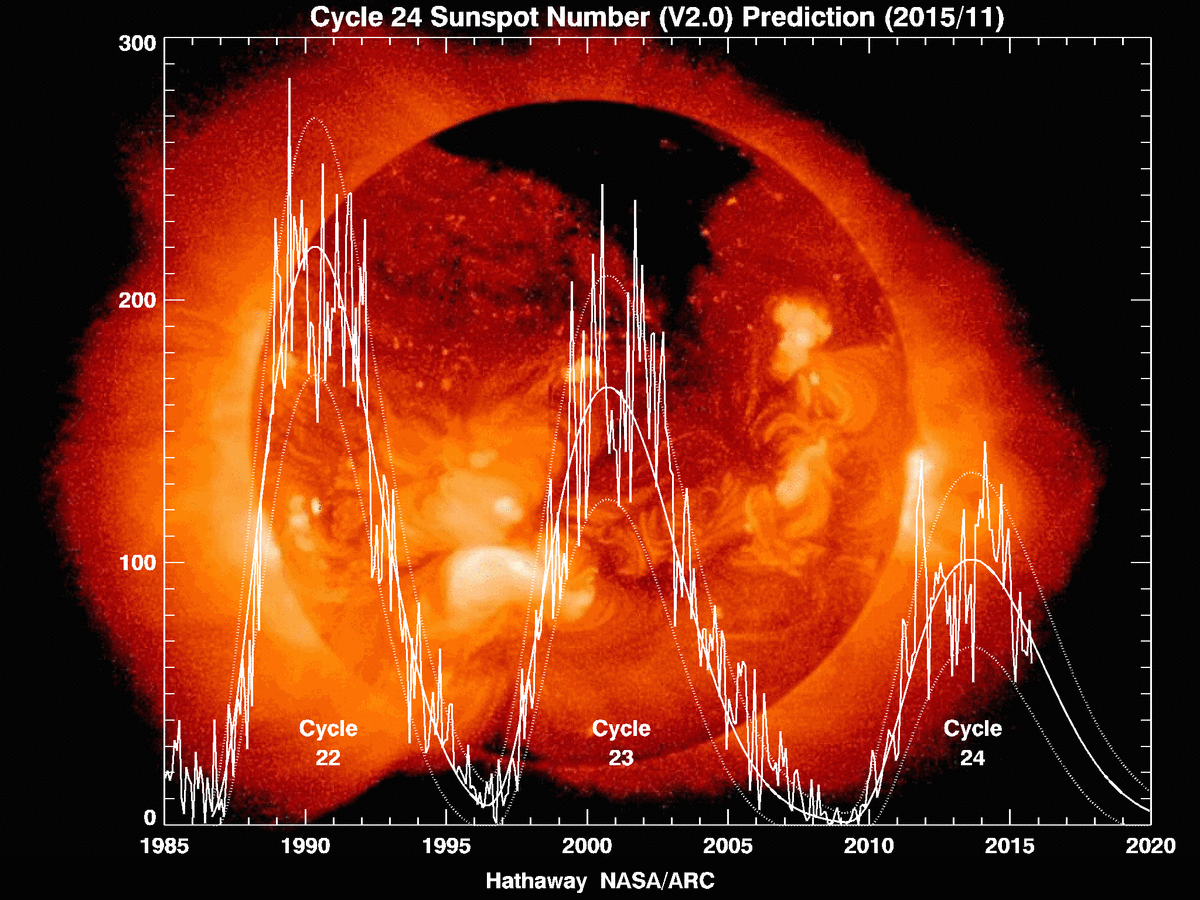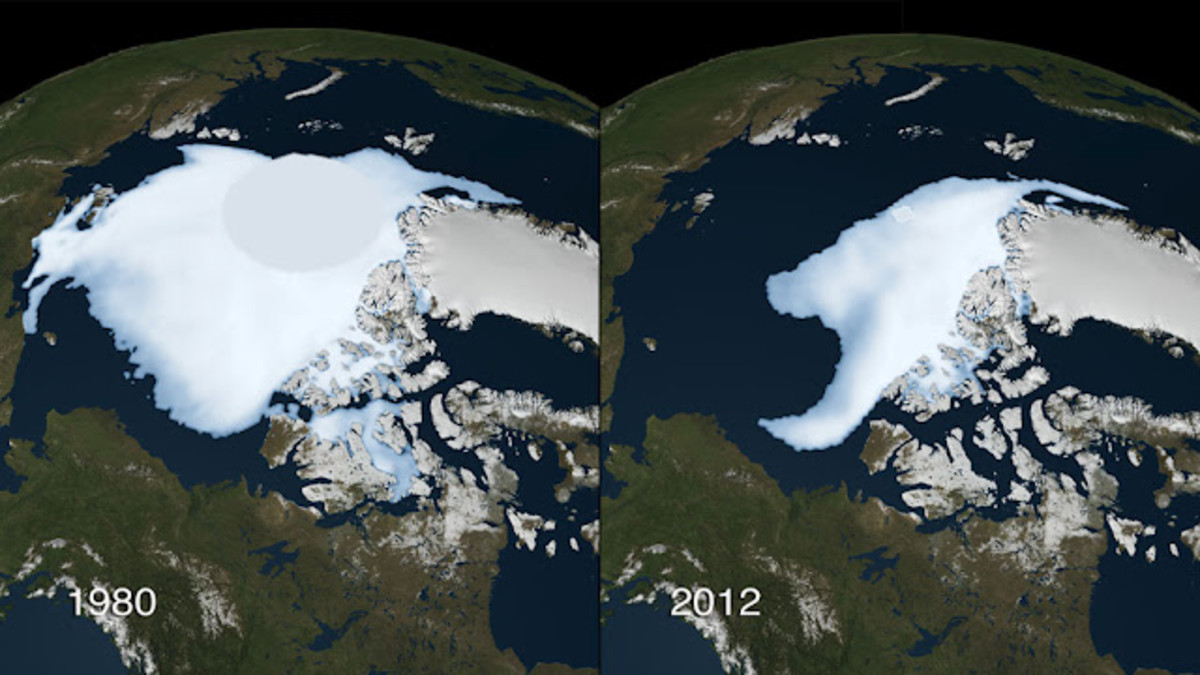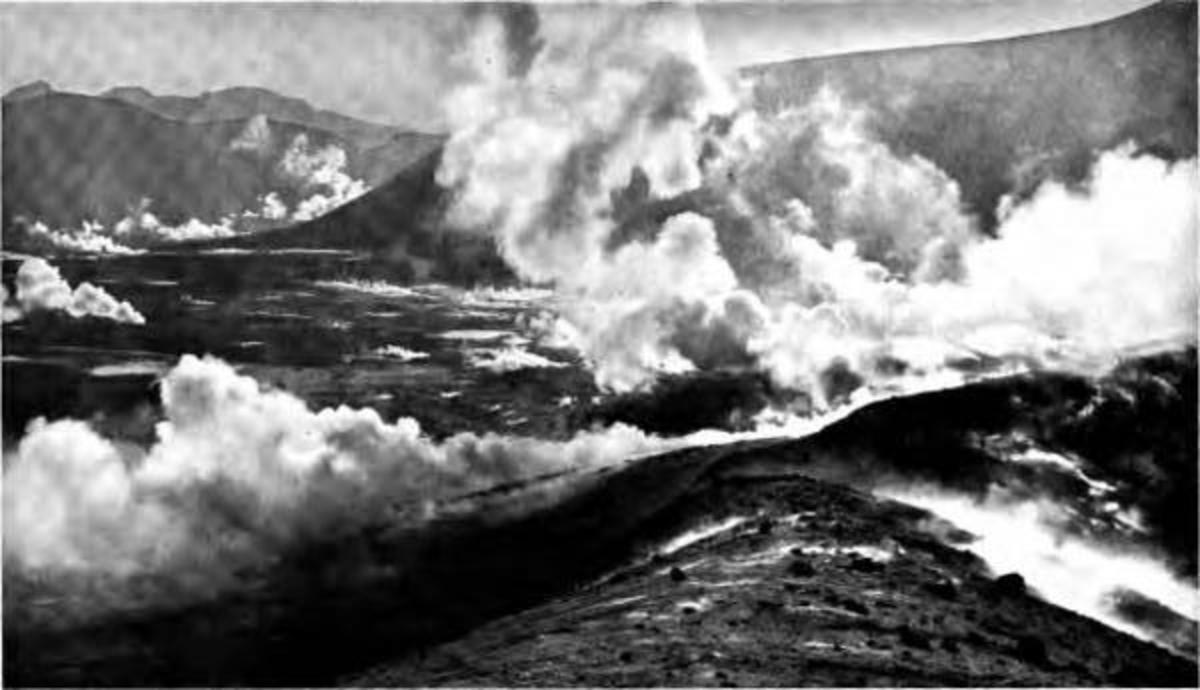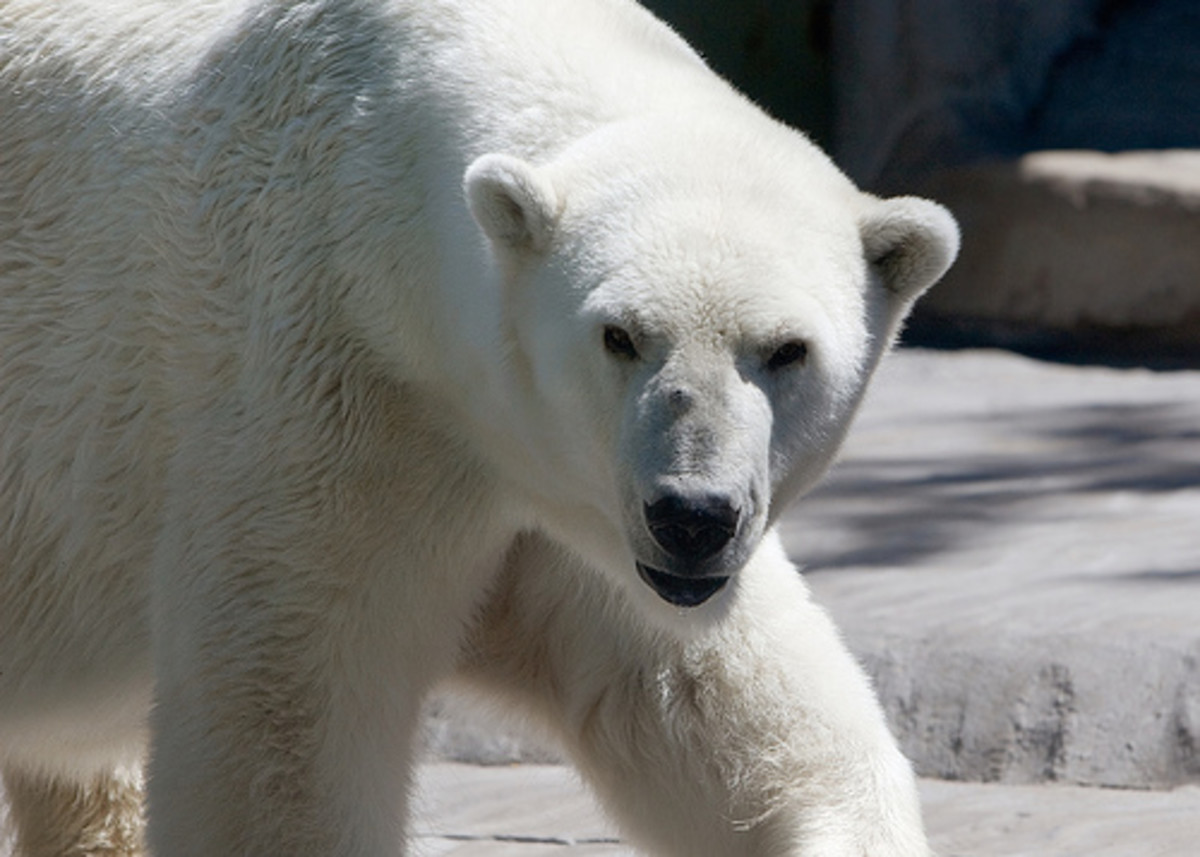The causes of global climate change
There exists multiple causes of climate change and the evidence is found the the geological record.
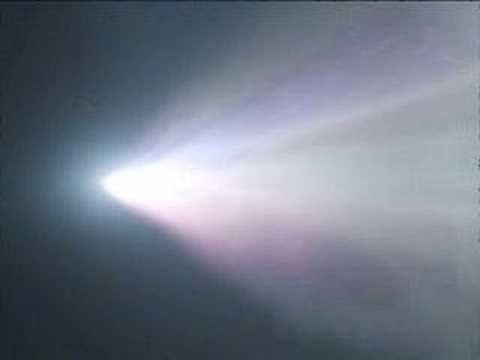
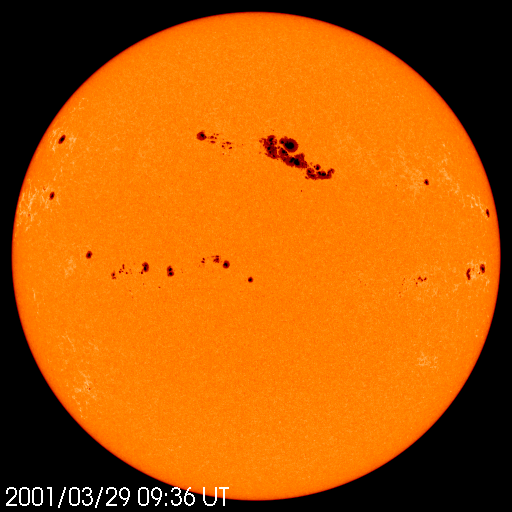
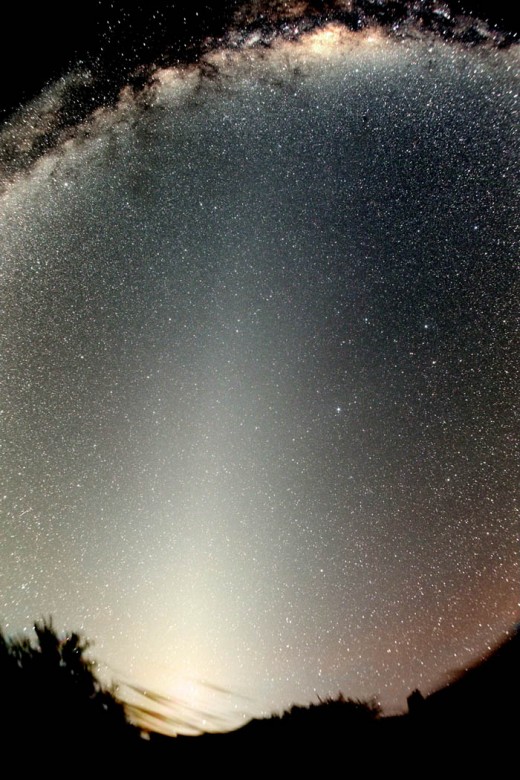
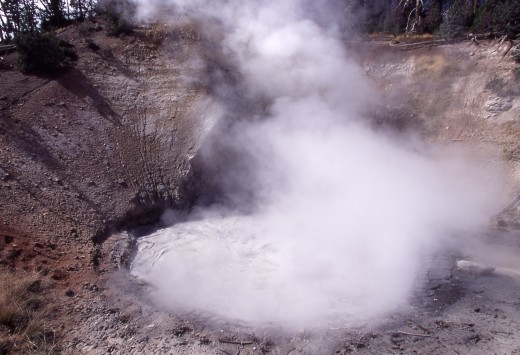
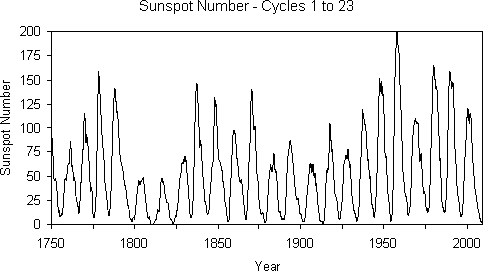
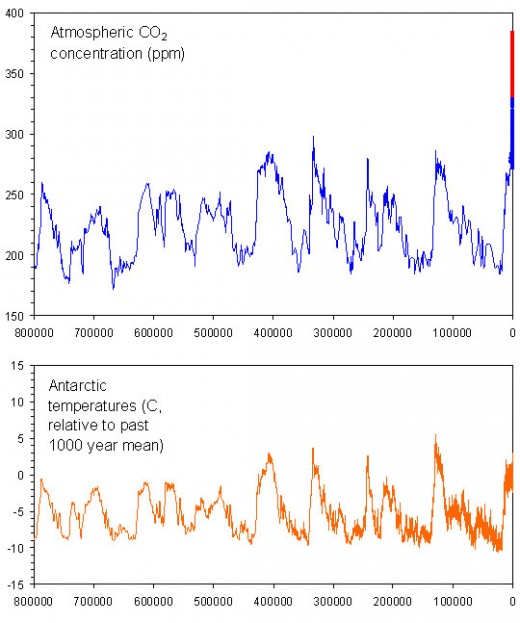
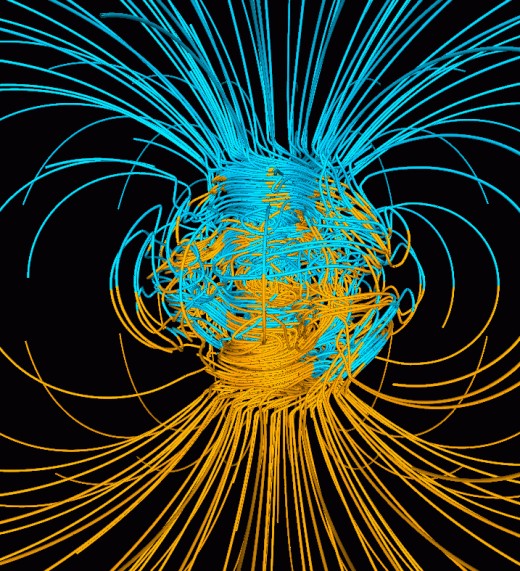
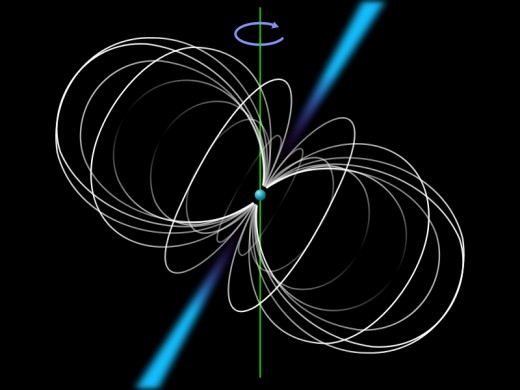

The issue of climate change is complex and has several drivers operating in a combined and unequal manner.
Contrary to the promulgated and popular opinion, there are other causes to global climate change than human input alone. Human input just happens to be the latest cause of climate change that also includes many natural influences. Several causes to global climate change have been identified and they have even been mapped in the ice sheets of Antarctica, Greenland and the Himalayan Mountains. Geologists have now clearly mapped eight climactic pulses with great clarity that stretch back some 800,000 years (1). The typical pulse lasts 100,000 years with a general warm period of 10,000 to12,000 years and a cold period lasting 88,000 to 90,000 years. The record also shows sudden, erratic shifts throughout that can create radical changes within years to decades. Long before the industrial revolution and even before the advent of agriculture, there has been catastrophic and sometimes sudden and prolonged climate change. There is even a myth about such an event destroying an ancient civilization, Atlantis, for which there is now gathering support in recent underwater archeological discoveries that now number about 500 around the world (2). Climate change comes from changes in the sun, the Earths orbital changes, the changing geomagnetic field, from volcanoes and from a multitude of space born events.
The suns 11.2 and 179 year cycles.
Our local center in the solar system is the sun, the inspiration behind all religous myth, cosmologies and cosmogonies. The sun is the central engine of life, creating the necessary differential that allows for the energy exchange so necessary for all complex life and changing phenomena. But our latest observations of the sun suggest a reality that is far different and more complex than our cherished notions about things like the standard model. The sun it turns out is inconstant and proof now exists within recent history that a lack of sunspots means colder weather (3).
Another important solar input comes from magnetic turbulence generated in the sun. This turbulence influences the Earth through the geomagnetosphere. The influence is directly visible in auroras, lightning and sprites. It can also have an adverse effect on our electrical grid and infrastructure. The most important consideration is the fact that the sun has an eleven-year sun spot cycle and a 22-year magnetic cycle coupled with the sun spot cycle. A clearly distinct eleven-year pattern is seen in tree ring structures that are linked directly to the weather patterns. This has been going on for hundreds of millions of years as seen in evidence from Australian sediments. A record of some 800,000 years of solar driven climactic activity is found in ice cores. Some glaciers and ice fields like the Dasupu glacier in Tibet are even visibly patterned in the eleven-year cycle, demonstrating the powerful daily and annual influence of the sun. The minor difference between then and now though indicates that the solar cycle is gradually shortening as the sun ages. This shortening has important implications concerning solar structure and the fate of life in the long run. This is fresh ground for research as based on traceable records, we could make hard predictions for the future of the sun and solar system and the immediate future of our climate. For the moment, it is eleven years on average. Compare this with complete orbits and conjunction cycles that closely match the sunspot cycle.
This curious number closely matches various conjunction cycles of planet pairs out to Jupiter. Jupiter's cycle alone is 11.86 years. Other cycles are closer to the solar sun spot cycle. In addition, sun spot numbers tend to increase during heliocentric conjunctions, squares and oppositions of the planets. A longer 179-year outer planetary cycle also exists that closely matches a 180 year solar cycle as seen in table 1 below (4). But, the sun is an independently driven body as well, following the fine balance of gravitational collapse and radiative pressure. The sunspot and magnetic cycle can vary from non-existence, to seven, to seventeen years. The period averages around 11.2, but lately, it's been only ten years. All of this has a bearing on life, as sunspot maxima tend to create electromagnetic fluctuation in the geomagnetosphere as well as heating and expansion of Earth's atmosphere. The expanding atmosphere slows the Earth's rotation slightly, generating stress that is released in earthquakes. This slowing of rotation due to atmospheric expansion is akin to what occurs when a spinning ice skater extends his of her arms to slow their rate of spin. Changing magnetic input from the sun also varies the Earth's rotation by a process similar to drag on a dynamo. A distinct eleven-year cycle in the weather is reflected in the result of eleven year patterns in tree rings and ice cores.
Orbital Periods and the Sunspot Cycle
Planet number of Orbits Synodic Periods Total Years
Mercury 46 11.079
Venus 18 11.074
Earth 11 11.000
Moon 137 11.077
Mars 6 11.286
Jupiter 1 11.86
Jupiter 15 177.933
Saturn 6 176.746
Jupiter/Saturn 9 178.734
Jupiter/Neptune 14 178.923
Jupiter/Uranus 13 179.562
Saturn/Neptune 5 179.385
Saturn/Uranus 4 181.455
Table 1.
The Milankovitch cycle of 100,000 years.
The orbits of Earth and Venus are altered over time as a result of this almost exact discrete resonance of the 8:13 - Earth: Venus orbital cycles. Today, Venus orbits the sun in the most nearly circular orbit in the solar system. Earth's orbit is more eccentric. Over time, the orbits change shape. Earth's orbit is known to vary between an eccentricity of 0.03 and 0.06. The higher figure suggests that the Earth has periods where there are longer deeper winters. This is due to the fact that when Earth is at aphelion; it orbits more slowly, thus spending more time further from the sun, and only short times when near the sun at perihelion. Venus is one of the causes behind periodic ice ages that cycle in a 100,000 - year period (5). In that time, 10,000 to 12,000 years are spent in a warm period, 88,000 to 90,000 in ice and extremes. This has been the characteristic pattern of ice ages over the last few million years and in particular, the last 800,000 years where detailed and hard data is now available. There is a double confirmation of such cycles. Milankovitch, a Siberian engineer and mathematician discovered three cycles of the Earth that contributed to long-term weather cycles. One of these is a 100,000 year cycle of orbital elongation. Ice core studies going back 800,000 (1) years confirms that eight great cooling and warming cycles have occurred. Venus is also linked to longer cycles on Earth lasting 900,000 years.
Changing geomagnetism.
Sunspots and Aurora phenomena are inextricably interlinked (6). There is a direct correlation between sunspot numbers and aurora activity on the planets (7). Every time there is increased sunspot activity on the sun, there is magnetic twisting that ends up creating a coronal mass ejection from the sun. The CME erupts when the magnetic fields of at least two sunspot pairs cross and and snap as a result of complex interaction between them. All material caught in the magnetic field lines is released at high speed when magnetic forces tangle and snap. The solar wind then races out to the planets at up to 800 Km/sec., taking a few days to reach the Earth after the initial explosion is seen on the sun. When it does reach the Earth, the magnetic field of our planet is vibrated and changes. Anyone familiar with basic electrical principles knows that changing magnetic fields will induce electrical currents. In our technological society, this puts charge overloads on electrical grids and will even build up terrific electrical potential in oil lines. Electrical overloads on grids during sunspot maximum years or during a solar outburst can cause massive power failures. But that is not the end of it. Aurora brightening occurs on Earth and planets like Jupiter (7) and Saturn where these things have been observed. The heavy input of charged particles into the Earth's magnetic field increases natural electrical activity like sprites and lightning strikes. It is know known that thunderstorms act as a type of conduit of solar generated static electrical charging of the magnetic field. The electrical potential thus can transit via turbulence to the denser lower atmosphere. It is also known the cooling and heating cycles match the solar output during sunspot activity or lack thereof.
Super volcanic eruptions 74,000 years, 14,000 year ago and 535 AD.
The evidence of Earth upheavals is strewn about for anyone who would care to take a close glance. You don't have to be a geologist to appreciate the kinds of tumult needed to turn sedimentary layers on their sides, to cause huge escarpments to form, nor the gaping maw of huge volcanic craters like Crater Lake in California, the Toba caldera. Anak Krakatau in the Sudra Strait or the remains of Thera in the Aegean Sea between Greece and Turkey.
The explosion of the volcano at Thera itself was responsible for the collapse of the Minoan civilization. Stories litter legend about the explosion of the Santorini volcano at Thera. The Mediterranean was littered with pumice. The skies were darkened. The subsequent earthquakes damaged the Pyramids of Egypt. There is even the possibility that the story of the Exodus originated due to the several plagues that followed after the enormous explosion. The Egyptian account details the expulsion of the Hyksos, the warrior shepherd kings who at one time conquered and ruled Egypt. This same story is told differently, but linked to the same period in the book of Exodus with Moses freeing the slaves. Both accounts can be traced to 1646 BCE according to the geological record left in glaciers, snow packs and sediments that we take as the iron clad witness of dating. Geological studies for the period and era show a difference of the Santorini explosion and the timing of the Egyptian plague accounts differ by only 50 years. The difference results from two dating methods, one from archeology and the other by back calculating from Biblical accounts. The plagues originated from at least local changes in the climate as attested by the Biblical passage of the fire mingled with hail in one of the plagues. Yet, as far as volcanic explosions are concerned, there have been greater ones (8).
The south west of India contains vast regions of basalt thought to have formed when there was a huge volcanic outflow. What would cause such an event? We know from one region on Mercury, that mountains and volcanoes can be thrown up on the opposite side of a planet that was struck by an enormous impact. This may account for some of the large lava flows on Earth, but not all. Others are caused due to Earth being a dynamic planet, such as the huge lava outflow in Siberia that is thought to have triggered the Permian extinction event, the single largest in geological history. The mass in Earth is not evenly distributed. This was learned early in the space program with the loss of contact with satellites over the Indian Ocean. There are gravitational anomalies all over the planet. One is at Chicxulub, an ancient impact site.
The Moon interacts with the Earth and flexes it as the Earth rotates. This generates some dynamic heating and magma movement as well. Evidence of massive volcanic activity is seen all along the mid Atlantic ridge stretching from the high Arctic almost to Antarctica. The Hawaiian Island chain was born of a continuous up welling of magma from deep in the Earth. But the pyroclastic outflows in the mid Atlantic and Hawaii tend to be mild compared to the mixed type of pyroclastic explosions that can occur at places like the Cascade volcanoes in the American west or in Italy, the Aegean Sea and the Java region. Although the moon does not cause these explosions on its own, it can be a trigger when other forces are great enough. Deep in the Earth, heat is moving to a cooler regions, causing local up welling and driving plate tectonics. Just about everything one can imagine in the way of a superheated chemical mix is located down there, especially around the subduction zones like around the Pacific "ring of fire." Some of this is prone to producing superheated gasses and this leads to legendary explosions. A minor one was the explosion of Mount St. Helens. Another was Krakatau in 535 (9) and in 1883 (10). Associated with volcanic activity are earthquakes in and around the same regions combined with major tsunami events. There have been legendary earthquakes as well.
Though we have seen some big ones, they are by far, not the ones described in legend. The Bible describes an earthquake that levels mountains and makes whole islands vanish. In recent times, we have seen the birth of new islands due more to volcanic activity than to earthquakes. Evidence exists of massive land subsidence due to some as yet to be determined trigger event. A huge earthquake could cause the massive land movements involving thousands of square kilometers. Once more, we turn to the Hawaiian chain where evidence exists for several huge landslides over the eons. These all produced enormous tsunamis.
Space born events, super-novae, cosmic rays, space clouds, gamma rays, comets, asteroids.
Near space and deep space is a dynamic place and full of climate changing events. Gamma ray events are now viewed as a means where climate change is triggered. An abundance of gamma rays, it has been found, causes cloud formation and higher reflectivity on the Earth triggering cooling. A lack of gamma rays means a warming drying trend. Gamma rays come from super-novae and the more powerful ones produce a prodigious amount. Gamma ray bursts come from here and as yet other unidentified sources. The threat of sun obscuring galactic dust clouds is something that is not too well understood. These clouds are often free hydrogen and a trace of other elements that we see in dark nebulae in deep space that block starlight and are the subject of many wonderful Hubble telescope pictures. What prevents them from intersecting the solar system? Nothing! At the moment we do not know of any except a diffuse cloud that is now feeding the sun. And then there are the threats of Earth crossing asteroids and comets.
The fact that there are meteor showers associated with comets is a clear and present warning that our tenure on Earth is not so secure that we can blissfully wander through life with no concern. Every so often, a spectacular meteor shower that is exceptional, gives us a further indication of possibilities. The ancients knew this and lived in dread of comets and falling stars. By and large we laugh and scoff at this today. This self-assured scientific haughtiness is currently being challenged and humbled. The sacred literature of the world is filled with dread inspiring stories that frighten many today more effectively than the best of horror movies. They are populated with massive inundations, kingdoms toppling, fire in the sky, mountains crashing to the earth and sea, great earthquakes reshaping the world, tremendous whirlwinds, famines, disease and death sweeping life off the earth. Descriptions of hell are written that can be adequately filled by any one of these world encompassing disasters. These disasters are accompanied by catastrophic climate change. If the event does not kill you, the following weather changes will often do it. This is one of the theories surrounding the demise of the dinosaurs. There is now strong evidence to support this view from the relatively minor Tungeska event of June 30, 1908 as well as the impact of the 21 pieces of comet SL-9 into Jupiter in 1994.
There are observed events of comet impacts. These consist of the impact of the 21 main pieces of SL-9 (11) on Jupiter during July 16th to 21st in the summer of 1994 and the possible sighting of a lunar impact in the 1178 by monks in Canterbury. The Tungeska event is a suspected comet impact that is established as related to comet Enke since the impact occurred on June 30th, 1908, 7:17 AM local time, Vanavara, Russia, matching the Beta Taurid meteor shower exactly. The impact occurred in broad daylight, which means that the region in Siberia was blind-sided by the glare of the sun. In other words, since Taurus was near the mid heaven at this time, the object was not seen until several seconds before impact when it descended at an angle from due south based on many eyewitness accounts. Warning time prior to the impact was virtually non-existent and this is just the type of worry that Spacewatch has concerning nearly half of all near Earth object encounters. Earth crossing asteroids like Toutatis 4179 and Eros represent climate altering threats as well.
Methane, Water Vapor and Carbon Dioxide.
10,000 to 12,600 years ago. There is also a dramatic increase of Carbon dioxide and methane in the atmosphere. Between 12,000 and 14,000 years ago, is a smaller falling off of radioactive oxygen followed by an increase of the same. The same era of 10,000 to 12,600 years also shows a warming trend in the Vostok ice core. A warming trend means more liquid water, less ice, hence inundation. The redistribution of mass can cause volcanic activity as we note today with meltdown going on, but nothing significant shows by way of dust from 17,000 to 11,000 years ago. But at 17,000 years ago, there is a huge spike. The information appears to be incomplete. Coincident with that spike is a deep cold spell. This may have been a super-volcanic eruption. Carbon dioxide, which did increase can occur from other reasons. Quieter volcanic eruptions can inject vast amounts of CO2, as can the burning of a lot of biomass such as can occur during droughts. During warm wet periods, there is an increase of Methane in the atmosphere due to increased biological activity. Methane can also erupt from frozen masses under pressure from the ocean floor. Ocean currents can change due to such inputs and end up being the trigger for warming and cooling on a global scale. Of particular concern is the so called North Atlantic conveyer system that allows heat exchange between the equator and north polar regions. Changes in plate tectonics which can jam together and rip apart land masses, sometimes with astonishing rapidity, also as a result can change ocean currents.
Industrial events.
Enter industrial civilization. We have left our trace in the ice cores. The only other civilization that has left a trace is the Roman Empire that left a lead trace. We have left a chemical brew trace like pesticide and herbicides, radiological traces, heavy metals of all kinds and an increasing carbon footprint from the inception of the industrial revolution. There is no doubt from all the records that carbon dioxide, methane and water vapor are warming greenhouse gases. There is no doubt that global dimming is born out of industrial processes and the injection of soot and dust into the atmosphere. Global dimming is masking the real damage of global warming. There is no doubt that the ice caps and glaciers are melting from the evidence provided by historical photographic records to now. By our own hands we have confirmed what natural events like volcanic venting can do and have done in the past. The difference between nature and ourselves is that we should be able to control our own input, whereas we have little or no control over nature and events in space.
References:
1. http://www.nature.com/nature/journal/v429/n6992/fig_tab/429611a_f1.html
2. http://www.spiritofmaat.com/announce/oldcity.htm
http://news.nationalgeographic.com/news/2007/09/070919-sunken-city.html
http://www.stumbleupon.com/url/www.spiritofmaat.com/announce/oldcity.htm
3. http://cc.oulu.fi/-usoskin/personal/nature02995.pdf
4. http://www.springerlink.com/content/x072h37683724108/
5. http://earthobservatory.nasa.gov/Library/Giants/Milankovitch/milankovitch.html
6. Willson, R.C. 1997. Total solar irradiance trend during solar cycles 21 and 22. Science, 277, 1963-5.
7. http://www.geocities.com/syzygywjp/Jupiter.html
8. http://www.geocities.com/syzygywjp/Volcano.html
9. http://en.wikipedia.org/wiki/Extreme_weather_events_of_535%E2%80%93536
10. http://teacher.scholastic.com/activities/wwatch/volcanoes/witnesses.htm


